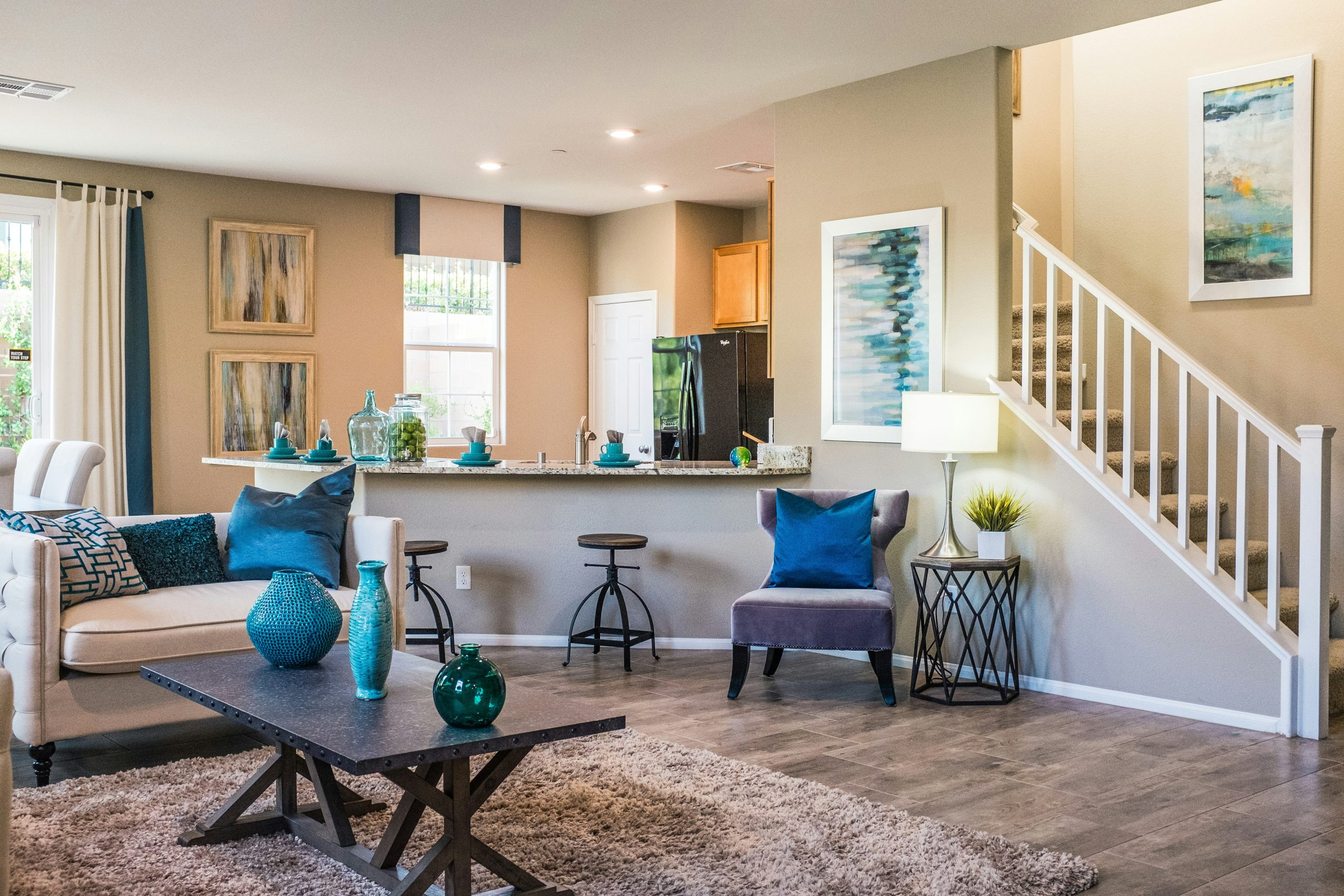Smart Home Integration: How Appliances Talk to Each Other (And Your Phone)
In today’s tech-obsessed world, our homes are becoming smarter than ever. With the development of smart home integration, our appliances are no longer just standalone devices. They are now able to talk to each other and communicate with us through our phones. This integration not only adds convenience to our daily routines but also makes our homes more efficient and sustainable. Let’s take a closer look at how this technology works and what it means for the future of our homes.
What is Smart Home Integration?
Smart home integration is the process of connecting all of our home devices, such as appliances, lighting, security systems, and heating, to a central control system. This control system can be operated through a smartphone, tablet, or voice commands. It allows for seamless communication between the different devices, allowing them to work together and perform tasks automatically.
The main goal of smart home integration is to create a more efficient and convenient home environment. It enables us to remotely control our appliances and monitor their energy usage, making our homes more sustainable and reducing our carbon footprint.
How Do Appliances Talk to Each Other?
The key to smart home integration is the use of internet-connected devices and protocols. These protocols include Wi-Fi, Bluetooth, Zigbee, and Z-Wave, which enable different devices to communicate with each other. For example, a smart thermostat can communicate with a smart air conditioning unit through Wi-Fi to adjust the temperature automatically.
Additionally, smart home devices often come with built-in sensors that can detect changes in the environment and adjust their settings accordingly. For example, a smart lighting system can detect when a room is empty and turn off the lights to save energy.
The Benefits of Smart Home Integration
Convenience
One of the biggest benefits of smart home integration is the convenience it offers. With the use of a single control system, we can manage all of our devices, set schedules and routines, and receive alerts and notifications. This eliminates the need to manually operate each device, saving us time and effort.
Efficiency
Smart home integration also allows for increased efficiency in our homes. By automating tasks and controlling energy usage, we can save money on our utility bills and reduce our dependence on fossil fuels. For example, a smart irrigation system can water our lawns only when necessary, preventing unnecessary water waste.
Improved Security
Through smart home integration, we can also enhance the security of our homes. Smart security systems can send alerts to our phones when there is any suspicious activity, and we can monitor our homes through live camera feeds. Additionally, we can create the illusion of someone being home by controlling the lights and appliances, making our homes less susceptible to burglary.
The Future of Smart Home Integration
The technology of smart home integration is continuously evolving, and the possibilities are endless. With the increasing popularity of virtual assistants such as Amazon Alexa and Google Home, we can expect to see more voice-control integration in our homes. Additionally, as more appliances become internet-connected, we can expect to see improved compatibility and a more seamless integration experience.
In conclusion, smart home integration is revolutionizing the way we live in our homes. It offers convenience, efficiency, and improved security, making our lives easier and our homes more sustainable. As the technology continues to develop, we can expect to see even more innovations that will further enhance our home living experience.











